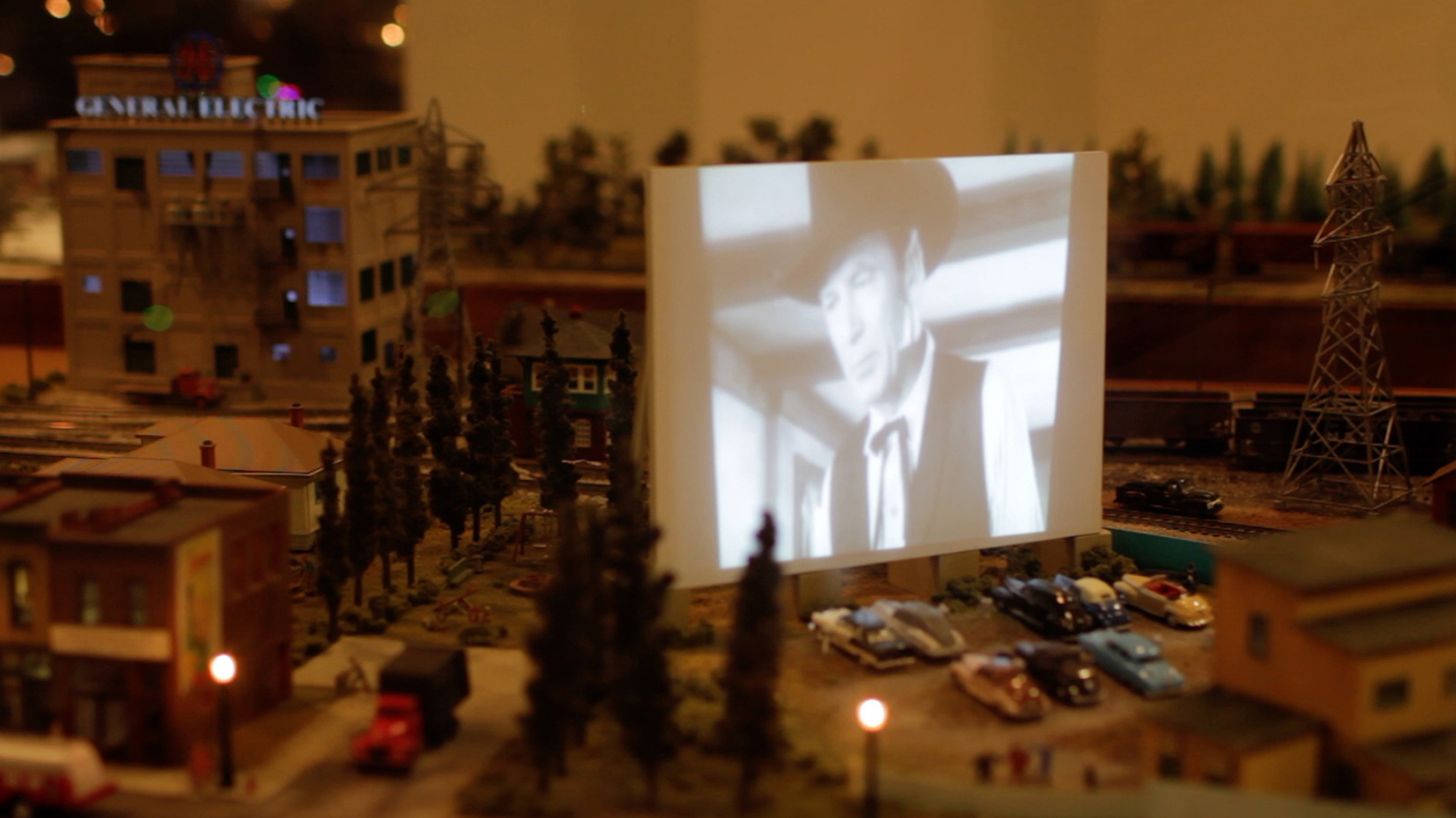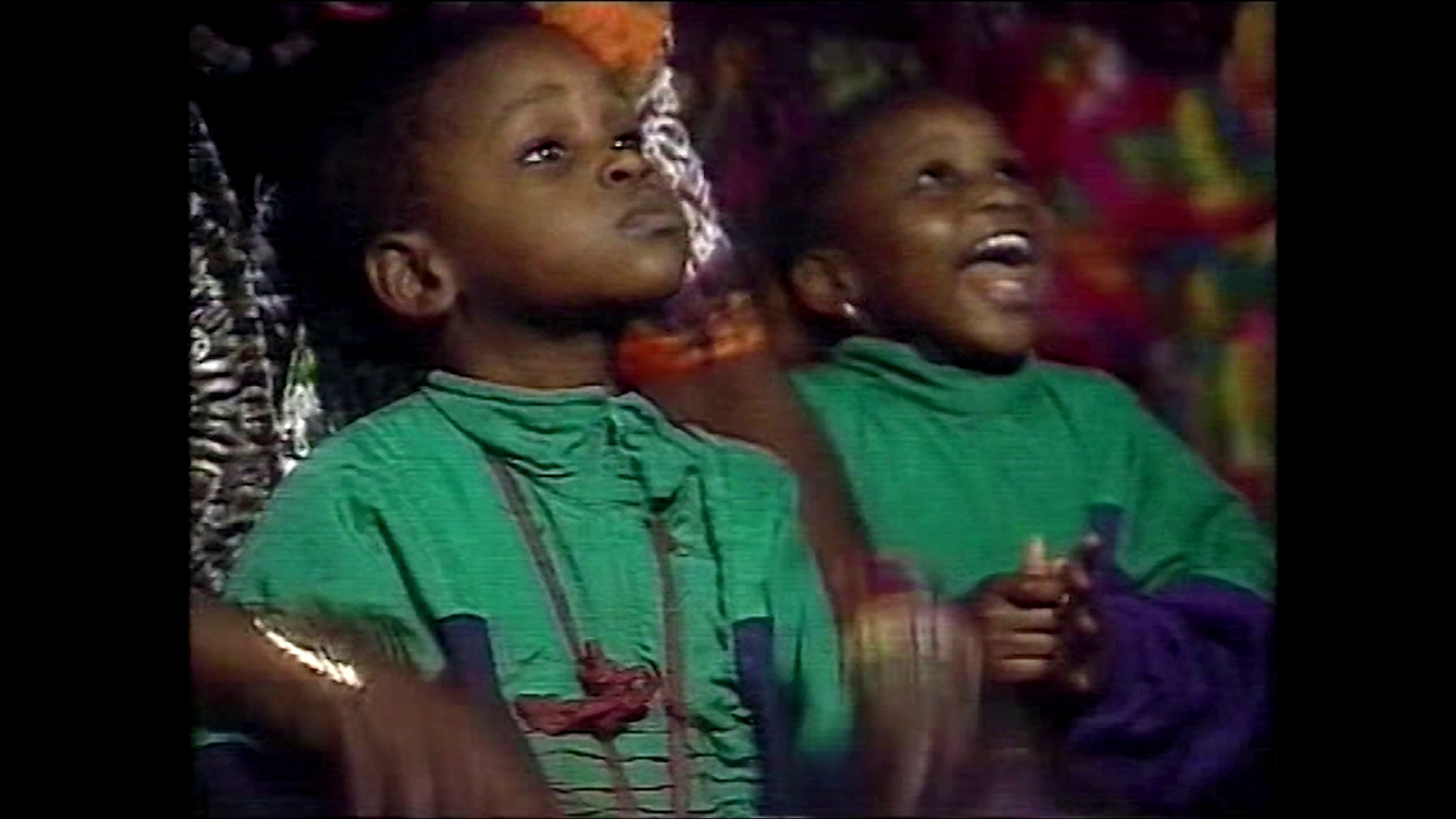The Stories We Tell
Duration: 60 min
The works in the program “The Stories We Tell” use legends, folk tales, and rumors as their raw materials. The oral stories form a platform on which the real and the fantastic, the poetic and the political, are fused, offering an intricate view of a given cultural moment. Whether a quasi-anthropological documentation, a manipulation of the familiar format of nature movies, or a coded phrase intended to set political action in motion—the works in this program rely on the power of the narrative to recount new stories on top of existing ones. They set out to expose the modi operandi behind the narrative, as well as the manner in which it structures our perception of reality. Who tells the story and from what point of view?—these questions turn out to be crucial.
Time
12pmDate
Friday, June 17th
High Noon (Looking for Robinson)
Tamar Latzman
Tamar Latzman’s work links the narrated histories of two cinemas that operated in the 1950s and 1960s: Shalhevet Cinema in Tel Aviv’s Kfar Shalem neighborhood, which has since become a supermarket (and is now marked for demolition), and Cameo Cinema in a small town in upstate New York. Latzman weaves together real and fictional stories she collected from moviegoers who frequented these cinemas and knew the people behind them, juxtaposing them with a documentation from the American Small-Town Museum—a visitor center that offers a nostalgic glimpse into the period. The cinema itself, as a real as well as an imaginary space, thus becomes a historical relic of the experience of community gathering and shared viewing.

Ý BERÁ – BRIGHT WATERS
Jessica Sarah Rinland
British-Argentinian artist Jessica Sarah Rinland’s film draws its inspiration from the films of Mary Field—the pioneer of British nature movies active in the first half of the 20th century. Using a 16mm camera, Rinland documents the biodiversity in Argentina’s Iberá reserve—the world’s second largest wetland. As in her other films, here too, she combines reality and fiction, fusing folk tales addressing the territory which she documents with scientific facts, and a poetic language with a pedagogic tone of voice. The tribute to early nature movies enables her to ponder the role of cinema in the historical changes regarding the production and dissemination of knowledge.
The film was screened at the Edinburgh International Film Festival, among other venues.

Moune Ô
Maxime Jean-Baptiste

Look Closely at the Mountains
Ana Vaz
During the years of dictatorship in Brazil, artist Manfredo de Souzanetto created the sticker “Look Closely at the Mountains!” to protest the destruction of the environment by mining activity in the State of Minas Gerais in southeastern Brazil. Portuguese artist Ana Vaz uses de Souzanetto’s coded message to the local inhabitants to turn her lens as close as possible to the mountains. The mountains at which she looks, however, are not only the hollow, haunted mountains of Brazil—whose indigenous population was forced to flee in fear of landslides—but also the hills in a geographically distant mining area in northwestern France. Like its Brazilian counterpart, the Nord-Pas-de-Calais area was mined for centuries. Unlike it, however, the mining was stopped and the area was rehabilitated. Surprisingly, the time that passed has made the wounded, contaminated soil rich and diversified, making it impossible to tell nature from culture, human action from biological action.